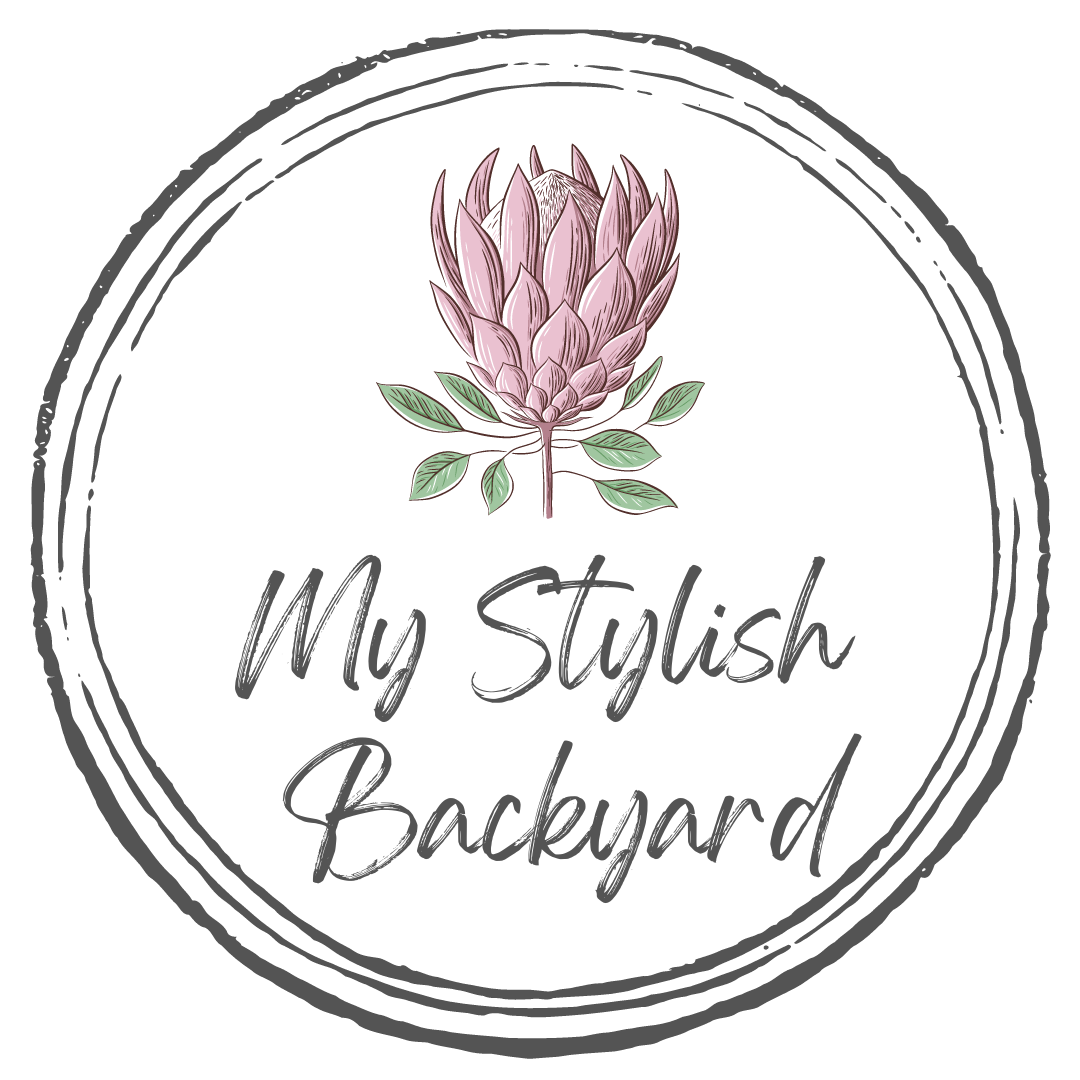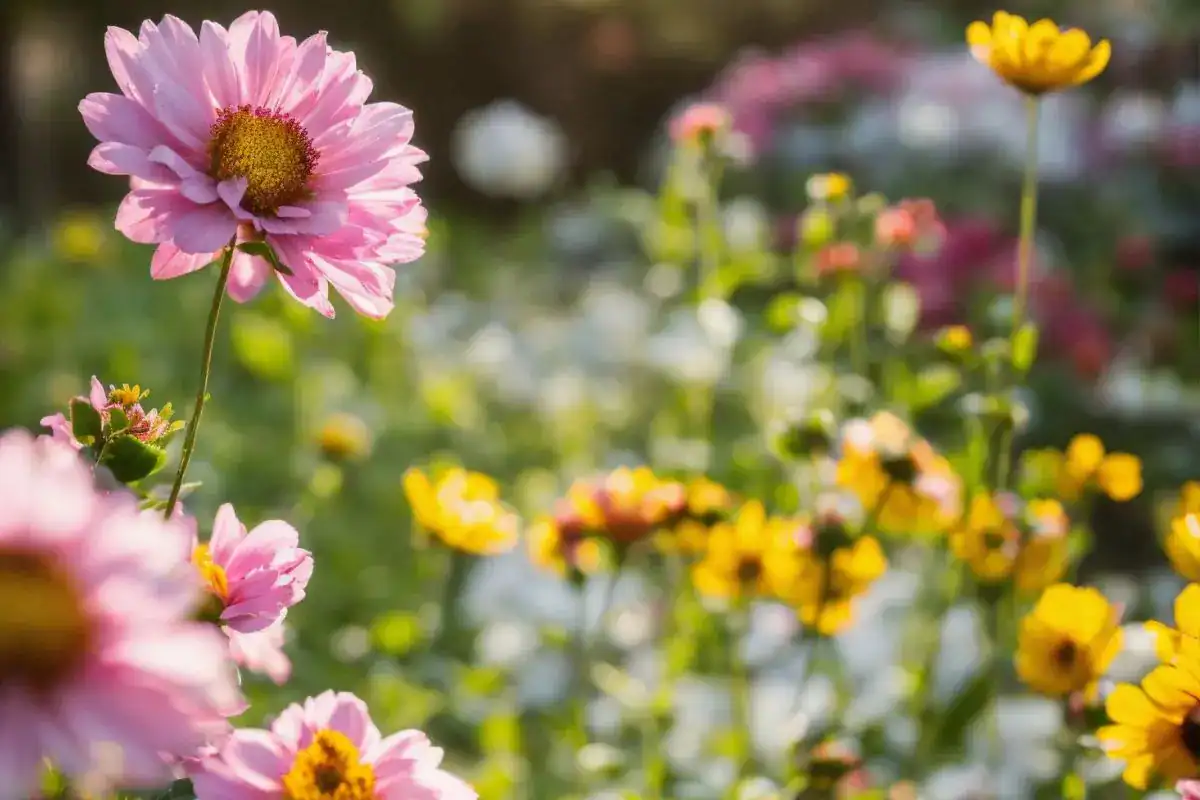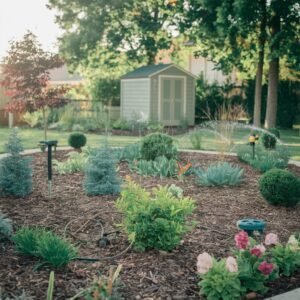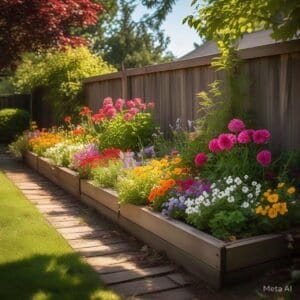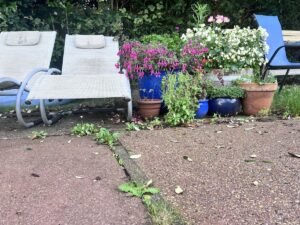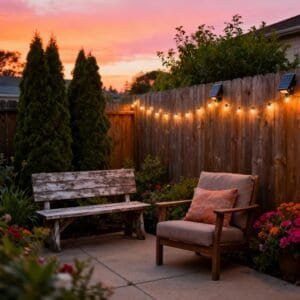The 12 Best Self-Seeding Plants to Save You Time and Money
Disclosure: This post may contain affiliate links. If you click through and make a purchase, I may earn a small commission at no extra cost to you. As an Amazon Associate, I earn from qualifying purchases. Thank you for supporting My Stylish Backyard.
If you love gardening but find it physically exhausting or painful—like I often do—then self-seeding plants might just be your new best friend. These clever plants do the hard work for you by dropping seeds at the end of their season and popping up again the next year. No bending down to plant them again. No trips to the garden centre every spring. Just beautiful flowers, herbs, and even vegetables—on repeat.
Self-seeding plants are a game-changer if you:
- Live with arthritis, chronic pain, or fatigue
- Use a wheelchair or struggle with mobility
- Don’t have the time or energy for constant replanting
- Want a garden that feels a bit more effortless (and budget-friendly!)
Here’s a roundup of my favourite self-seeding plants that add colour, scent, or flavour to the garden—all with minimal effort.
What Are Self-Seeding Plants?
Self-seeding plants are annuals or biennials that drop their seeds at the end of the season. If left undisturbed, these seeds germinate on their own when the conditions are right, giving you a new crop the following year without any input from you.
Unlike perennials, which grow from the same roots each year, self-seeders grow from new seeds. But they still give you that same “set it and forget it” feeling once they’re established.
They’re perfect for accessible gardens because they reduce the amount of bending, digging, and repetitive planting. Plus, they make your garden feel a little wild, informal, and alive.
The 12 Best Self-Seeding Plants (Flowers, Herbs & Veggies)
Each of these has been chosen not just because they’re low-effort, but because they also work well in small spaces, raised beds, containers, or accessible garden setups.
1. California Poppy (Eschscholzia californica) – Flower
Why it’s great:
Vivid orange blooms and soft grey-green foliage that look lovely spilling over a raised bed or pathway edge. It thrives in poor soil and hot, dry conditions.
Care tips:
Prefers full sun, doesn’t need rich soil, and hates being overwatered.
Accessibility perks:
Once it finds a happy spot, it returns every year. No deadheading needed. Grows well in pots or shallow raised beds.
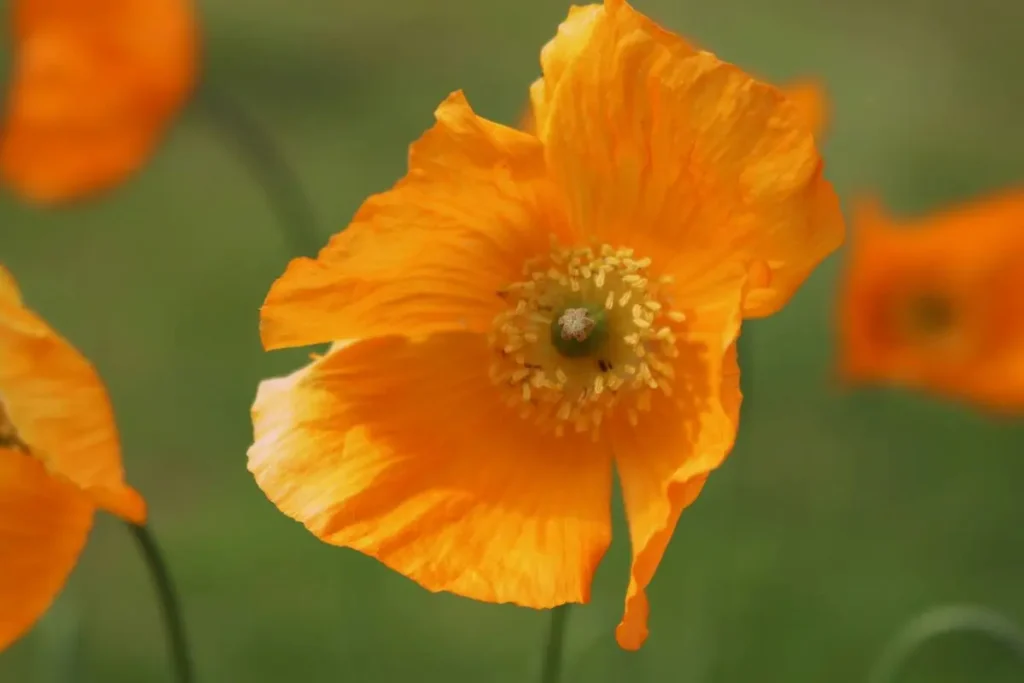
2. Nigella (Love-in-a-Mist) – Flower
Why it’s great:
Lacy foliage, delicate blue/purple flowers, and quirky seed pods that look great dried.
Care tips:
Scatter seeds in early spring or autumn. Likes full sun and well-drained soil.
Accessibility perks:
Easy to grow in containers. Just let the pods dry out and fall and nature will take care of the rest.
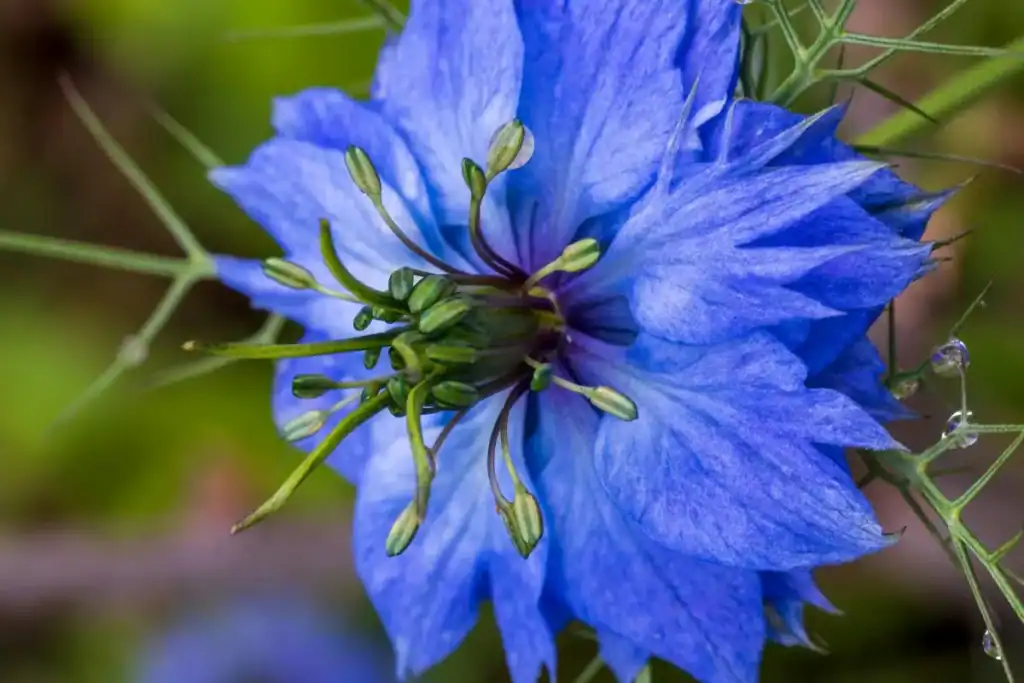
3. Calendula (Pot Marigold) – Flower/Herb
Why it’s great:
Cheerful orange and yellow blooms that are edible, soothing to the skin, and attract pollinators.
Care Tips:
Grows in sun or part shade. Deadhead if you want to prolong flowering, or leave a few to seed.
Accessibility perks:
Great for container gardens. Self-seeds easily and grows in tough spots.
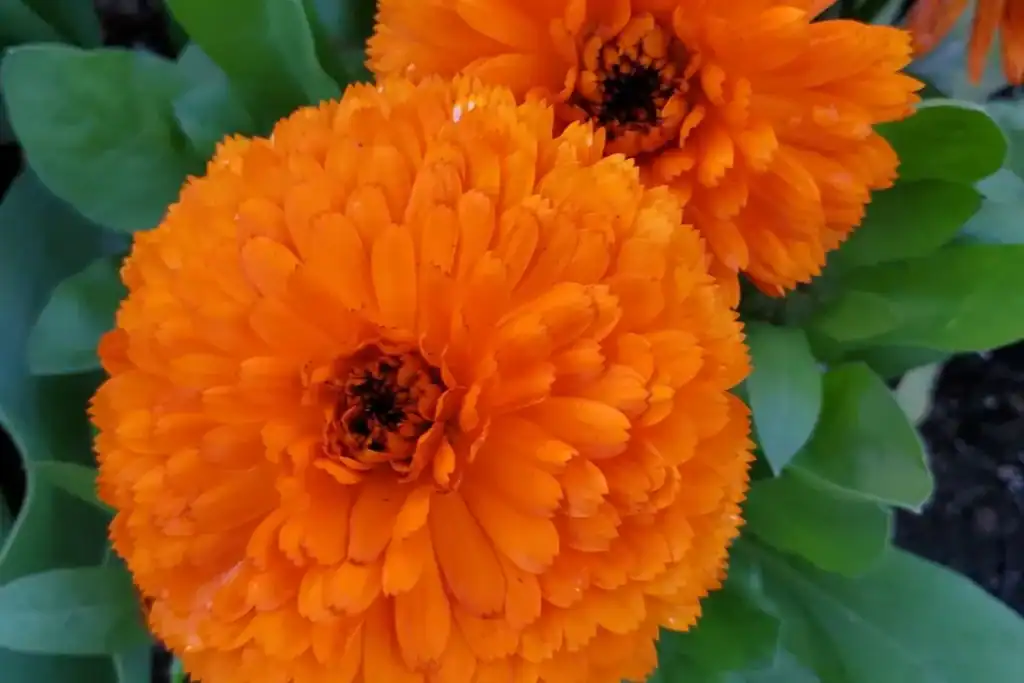
4. Borage – Herb
Why it’s great:
Edible blue flowers that taste of cucumber. Pollinator magnet.
Care tips:
Grows best in sun but tolerates poor soil. Can flop a bit, so give it space or a light support.
Accessibility perks:
Once you’ve grown it once, it often becomes a fixture. Soft, fuzzy stems are easy to identify (and avoid if you’re sensitive).
5. Larkspur (Delphinium consolida) – Flower
Why it’s great:
Gives that cottage garden look with tall spikes of blue, purple, or white.
Care tips:
Plant in autumn or very early spring. Likes sun and a bit of support if tall.
Accessibility perks:
Excellent for raised beds where you can admire their height without bending. Let them seed and they’ll return every year.

6. Lettuce (Loose-leaf varieties) – Veggie
Why it’s great:
Yes, lettuce! If you let a few plants bolt and go to seed, they’ll re-seed themselves in cooler months.
Care tips:
Best in cooler seasons. Keep soil moist but not soggy. Harvest often to delay bolting.
Accessibility perks:
Perfect for container or raised bed gardening. Easy to pull baby lettuce leaves from self-sown seedlings.
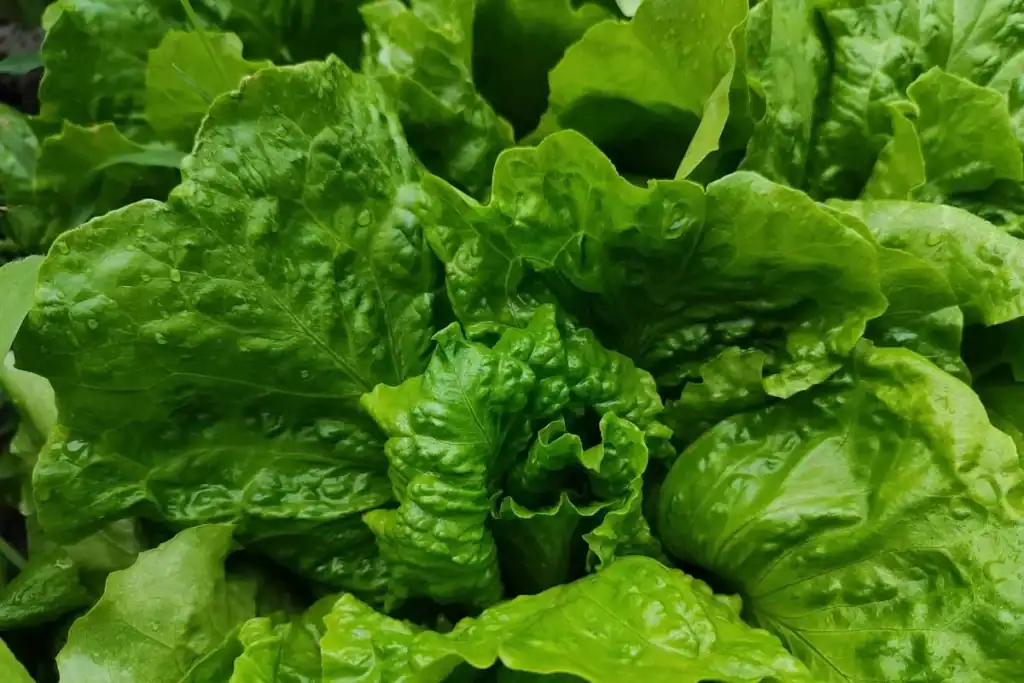
7. Dill – Herb
Why it’s great:
Fragrant, feathery, and great for cooking. Also attracts beneficial insects.
Care tips:
Plant in full sun and let the seed heads mature. Minimal care needed.
Accessibility perks:
Can self-seed right into containers. Low-growing and easy to harvest without much reaching.
8. Cosmos – Flower
Why it’s great:
Tall, cheerful blooms in pink, white, or orange that flutter in the breeze.
Care tips:
Thrives in poor soil and full sun. Deadhead for longer blooms, or let some go to seed.
Accessibility perks:
Self-seeds freely. Great for back-of-bed planting where bending isn’t required.

9. Rocket (Arugula) – Veggie
Why it’s great:
Spicy salad leaves that grow fast and reseed freely if you let them flower.
Care tips:
Harvest young leaves. Let one or two plants flower and set seed.
Accessibility perks:
Ideal for raised veggie beds. Fast growth means less time waiting for food to appear!
10. Cornflower (Centaurea cyanus) – Flower
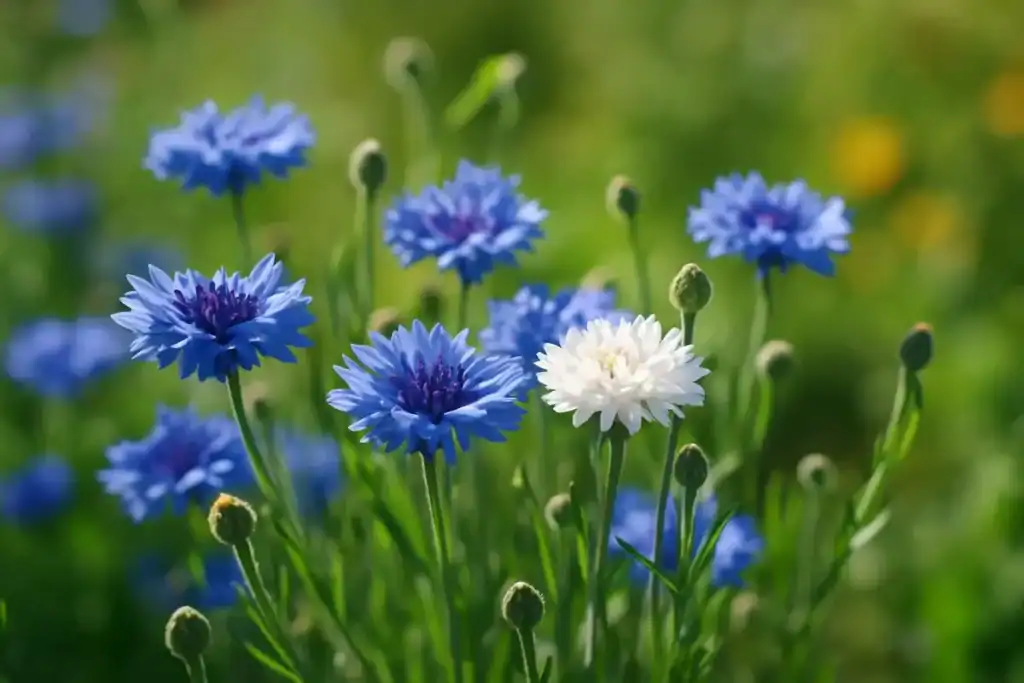
Why it’s great:
Blue, pink, or purple blooms that attract bees and make excellent cut flowers.
Care tips:
Likes sun and well-drained soil. Scatter seeds in autumn or spring.
Accessibility perks:
Pops up again reliably with minimal effort. Drought-tolerant and low-growing.
11. Parsley – Herb
Why it’s great:
Mild flavour for cooking and a magnet for swallowtail butterflies.
Care tips:
Prefers partial sun and regular water. Let a few plants flower and seed.
Accessibility perks:
Perfect in kitchen container gardens. Comes back in surprise patches year after year.
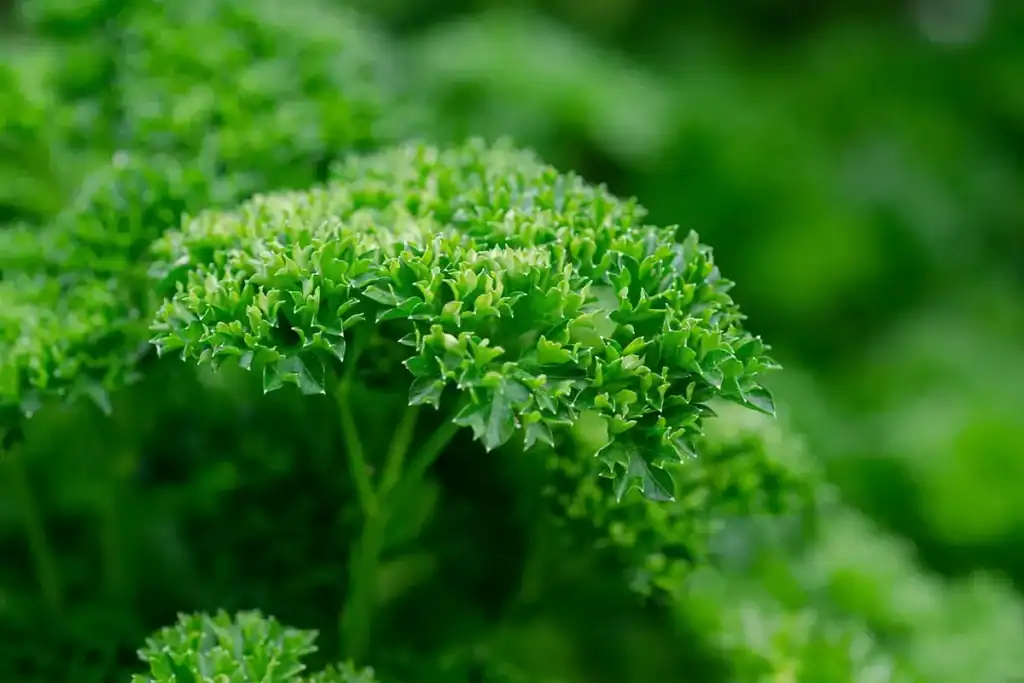
12. Verbena bonariensis – Flower
Why it’s great:
Tall, airy clusters of purple blooms that add height without bulk.
Care tips:
Thrives in sun and light soil. May reseed in cracks, borders, or gravel.
Accessibility perks:
Excellent in raised beds where the tall stems don’t block access. Great for pollinators.
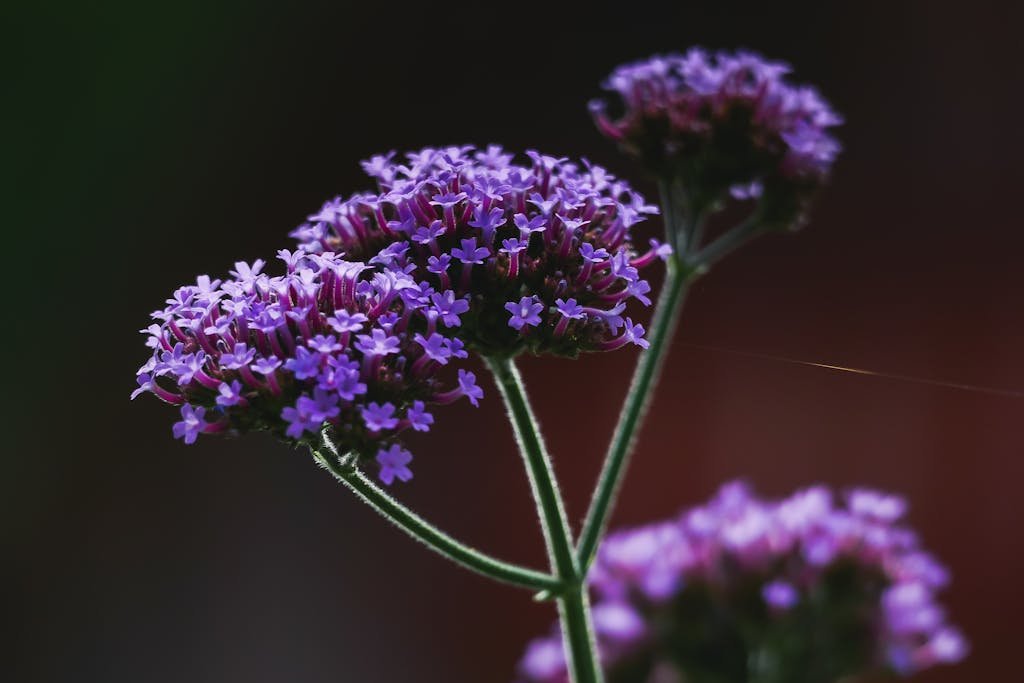
Tips for Encouraging Self-Seeding Success
Don’t be too tidy. Let some flower heads dry and drop their seeds naturally.
- Go easy on mulch. Heavy mulching can block seeds from reaching the soil.
- Recognise seedlings. Get to know what young plants look like so you don’t pull them out by accident.
- Rotate spots. If too many come up in one area, transplant a few to bare spots.
When Self-Seeding Isn’t Ideal (and How to Manage It)
Some self-seeders can become a bit too enthusiastic. Here’s how to keep things in balance:
- Thin out seedlings early while they’re small and easy to remove.
- Use containers or raised beds to contain spreaders like borage or rocket.
- Avoid known garden bullies or check for “non-invasive” labels when choosing varieties.
Final Thoughts: Let Your Garden Do the Work
For anyone living with pain or limited mobility, gardening can feel like more effort than reward sometimes. But self-seeding plants change that. With just a bit of care upfront, they come back each year—bringing beauty, colour, and even food—without asking much of you in return.
Start small: pick 2 or 3 from the list above and see how they do. Let nature do its thing. You’ll be surprised how satisfying a “lazy garden” can be.
What are your favourite low-maintenance plants? Have any self-seeders taken over your garden in a good (or bad!) way? Let me know in the comments—I love hearing from other gardeners who like to take it easy

Cosmos (Cosmos bipinnatus)
Cosmos are delicate-looking but tough flowers that thrive on neglect. They’re perfect for sunny spots and will reseed generously each year with no fuss.
- Sun: Full sun
- Soil: Poor to average well drained
- Accessibility Tip: Grows tall, reducing need to bend for maintenance or picking

Nigella (Love-in-a-Mist)
Nigella is a charming annual with unique, ferny foliage and pretty blue flowers. It self-seeds readily and is very easy to grow in most garden soils.
- Sun: Full sun to part shade
- Soil: Well drained, average fertility
- Accessibility Tip: Compact size means less reaching and bending required
